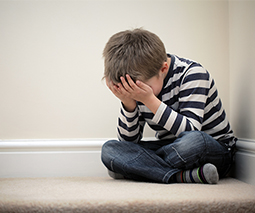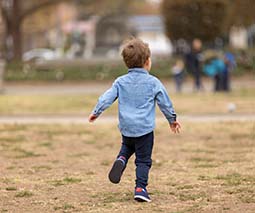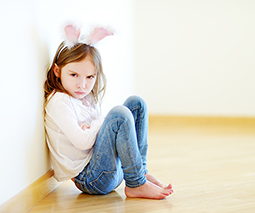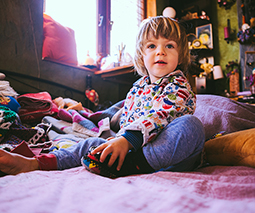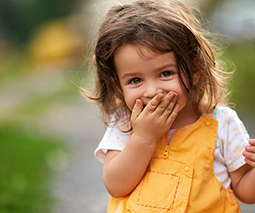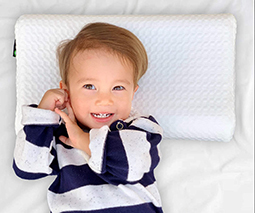The science behind why your toddler cries so much makes A LOT of sense
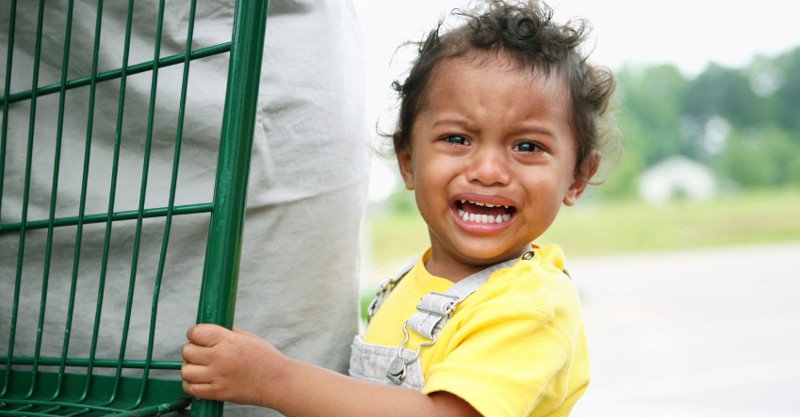
Children have this way of crying that is utterly heartbreaking. Watching their face crumple and tears flow from their eyes over a sibling taking their toy can be enough to get our own tears flowing. On the other hand, if your child cries at the drop of a hat and you are dealing with small-person-crisis after crisis, comforting your upset child can be an exhausting process.
To figure out what makes kids cry so much, we can look at the science behind crying, which explains A LOT.
The science of tears
The system that controls crying is divided into two parts: the sympathetic, which produces aggressive responses, and the parasympathetic, which helps process emotions and work towards calming down. For example, if your child wants a biscuit and you say ‘no’, a tantrum may swiftly follow – this would be your child’s sympathetic system in force. But as the tantrum dissolves into sobbing, your child’s parasympathetic system would then be activated. In other words, once your child is crying in this way, their brain has shifted from ‘pursuit’ to ‘sadness’.
Read more about challenging behaviour here:
- This is the best way to respond to a tantrum
- Mum breaks down after toddler’s epic tantrum – then a gang of mums save the day
- 6 reasons your three-year-old might be acting more difficult than usual
Crying can be positive
This is good news. It means that your child’s tears have a purpose, other than ‘manipulation’ or bad behaviour. So even though your child might initially protest in anger over something, the tears that follow are a sign she is moving towards acceptance of this and needs some support in doing so.
Research has also indicated that human tears contain a stress hormone, which means that shedding tears can help your child feel better. In fact, most people who cry report feeling better after having a good cry, suggesting that it does ease tension and a build-up of emotion.
We need to be okay with the crying
It’s not easy for us parents to be with our children when they cry, but this is exactly what kids need when they’re processing emotions, especially big ones like anger and disappointment. Sure, it might be over the TV show they’re not allowed to watch, or because they really don’t want to tidy up their toys. Although the problems might seem meaningless to us, for a child, a problem of any size is significant and if we are to help them move on, we need to understand their world and appreciate their experiences.
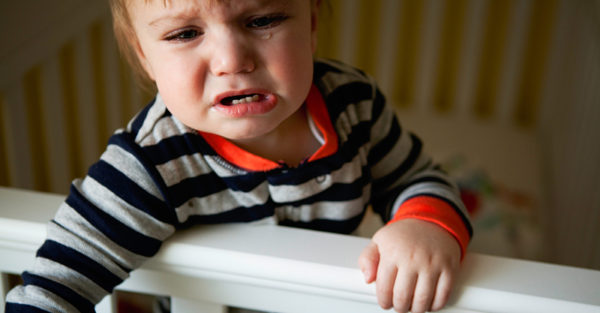
Reasons kids cry
Helping your child reduce crying isn’t so much about discouraging them from crying but about working on the triggers that cause the crying, and often these are quite easy to control, once you spot them.
Here are some common triggers for crying in children:
Stress
Kids get stressed, just like adults. Events like hospitalisation and trauma are obvious examples. However, there are everyday ones too, like moving house, transitioning to a new sibling, family conflict, starting school, parental separation, or getting used to new partners (step-parents). Even a day at preschool is likely to contain a series of events that build-up stress in your little person: a lost toy, missing out on their turn in a game, or a friend not being kind to them are all likely to lead to stress.
Tired
Tired children are going to be more prone to collapsing in tears over anything and everything. Try to ensure your child gets enough sleep by sticking to a bedtime and keeping nap times sacred.
Hunger
Hangry, anyone? If your child seems to be overly tearful, think about how long it’s been since she’s eaten. A snack could help tide her over to the next meal and stop any hunger-driven meltdowns.
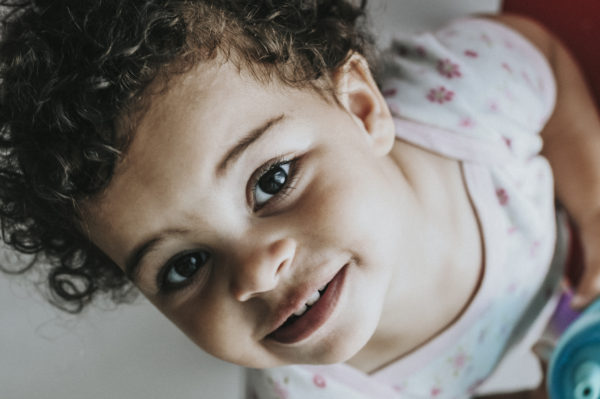
Wants something
Kids find it hard getting a ‘no’ response to a request that seems perfectly legitimate to them. Stick to your guns on whatever you’ve said, but help your child understand your reasoning and tell them you understand why they’re so upset. Even though it can feel like it’s easier to give in to your child for the sake of peace, hang in there – just like a wave, it will peak and then pass, with your child moving on soon enough.
Looking for attention
If your child seems to want your attention for some reason (and has chosen to cry to do that), have a think about how busy your week has been, and whether your child might need some connection time with you. Kids aren’t mature enough to stop and think, ‘Wow, I haven’t had quality time with mum for ages, which is making me feel a little insecure. I need some cuddle time and focused attention. I’ll tell her that now.’ Ha! If only. More likely it’s that your child will follow you around on your busiest morning whinging at anything until you’re at breaking point. See what happens if you stop and focus on them for a few minutes. Some reconnection with you can fill their emotional cup and send them happily on their way.
Understanding your child’s crying behaviour
Some children are more prone to crying than others, just as some adults are. If your child is wired that way, you might just have to kick along with it. By being aware of what your child is going through, you can limit how much the triggers listed above affect your child.
If it helps, try to remember that your child’s crying is a process of healing whatever’s going on for them. Your job here isn’t to stop the tears from flowing but to create a safe space to help your child set them free.
And there’s light at the end of the tunnel in all this: as your child grows their ability to process their own emotions is going to be well-honed, thanks to your support. This has great implications for how they deal with big feelings as a teenage and connect with other people to form meaningful relationships.
So even though your child’s crying behaviour can be challenging to take now, remember that your emotional investment in all of this is likely to pay off well in the future.

